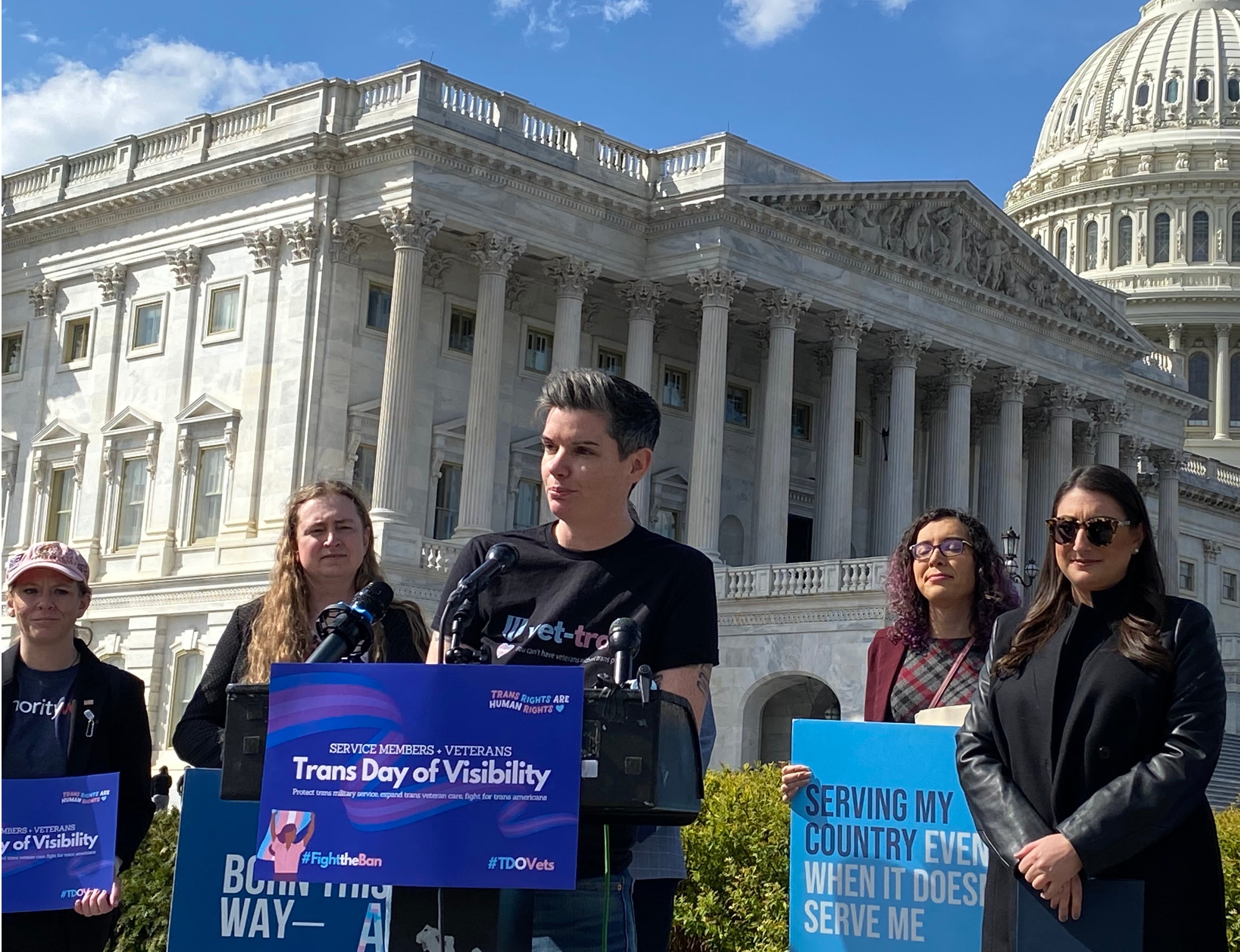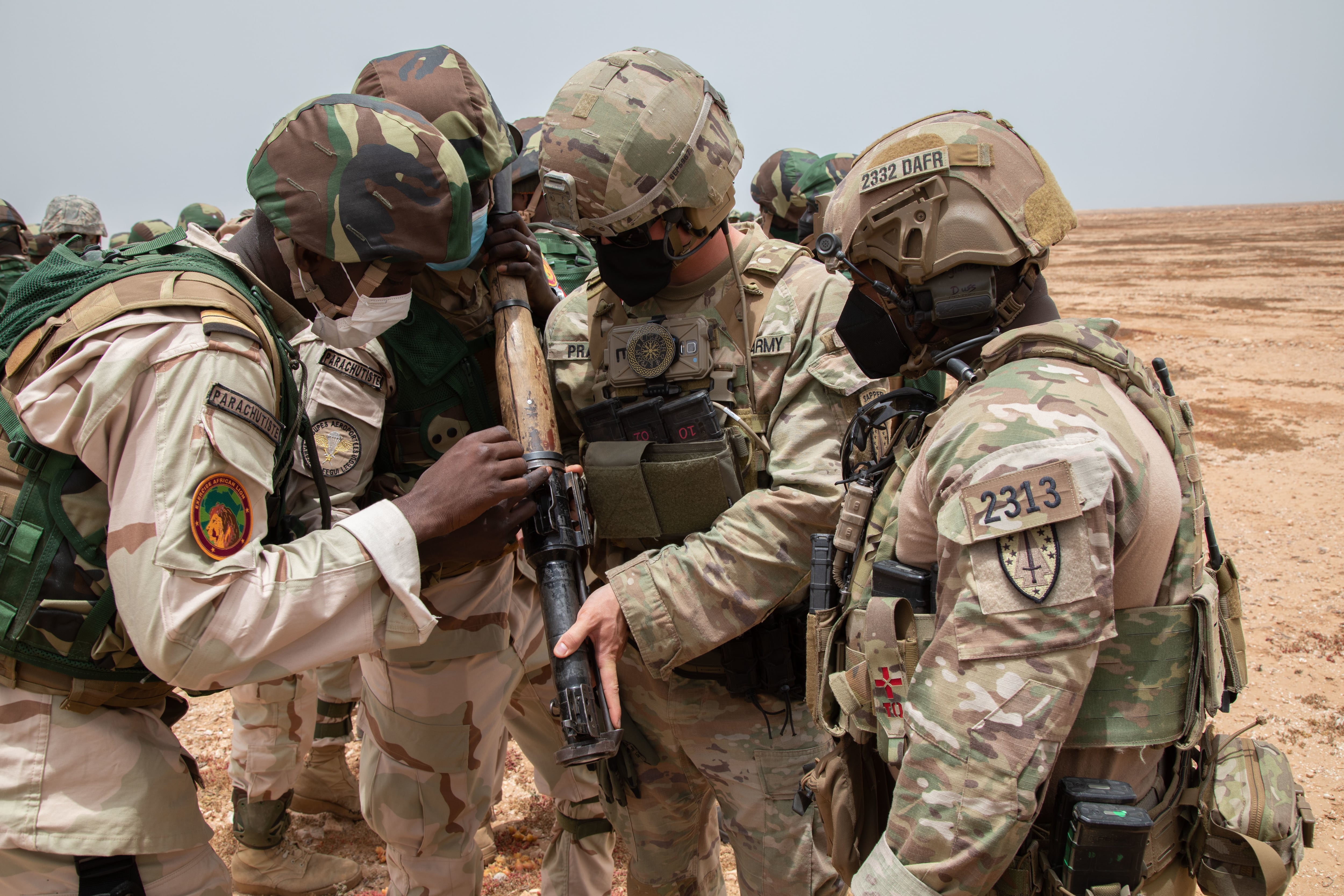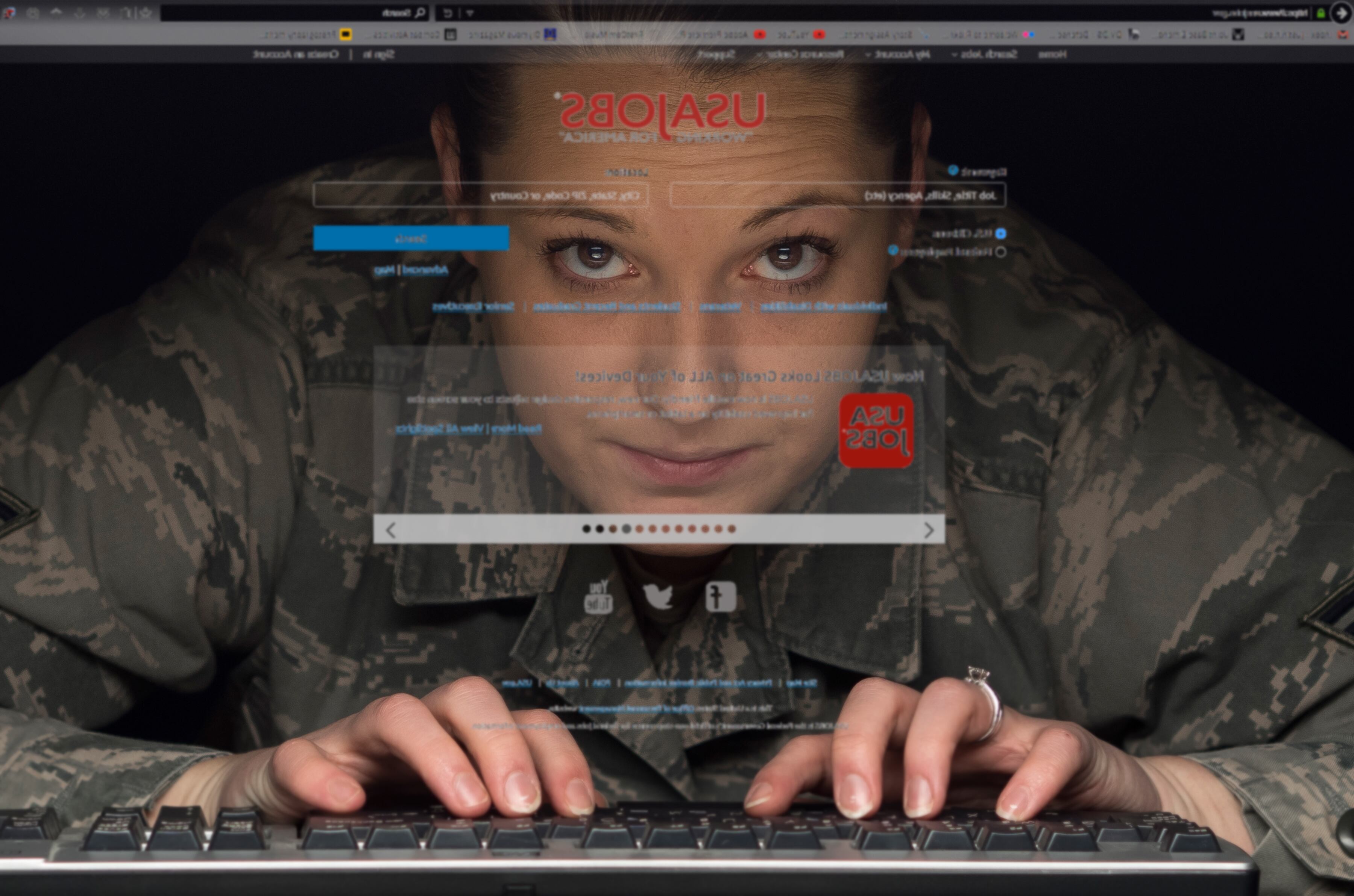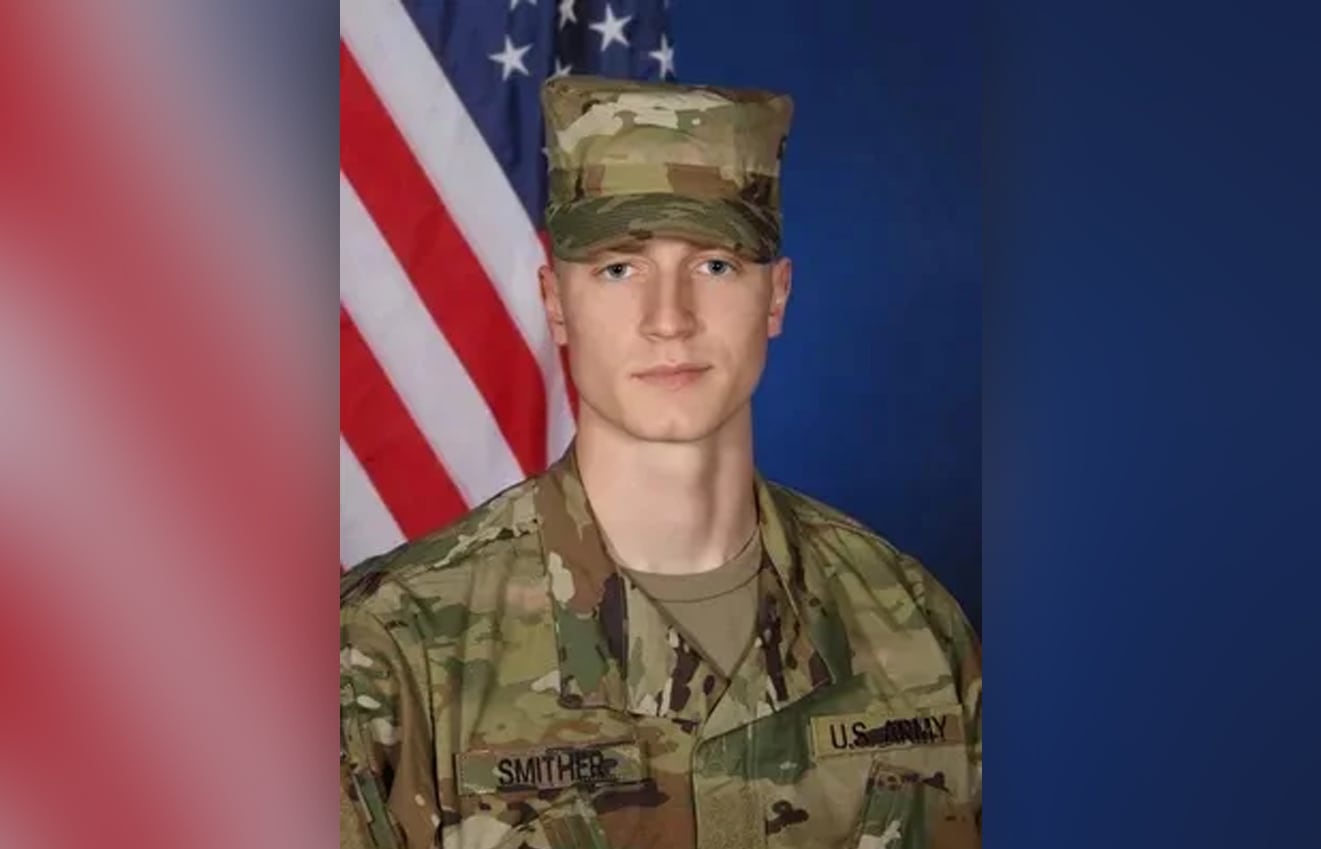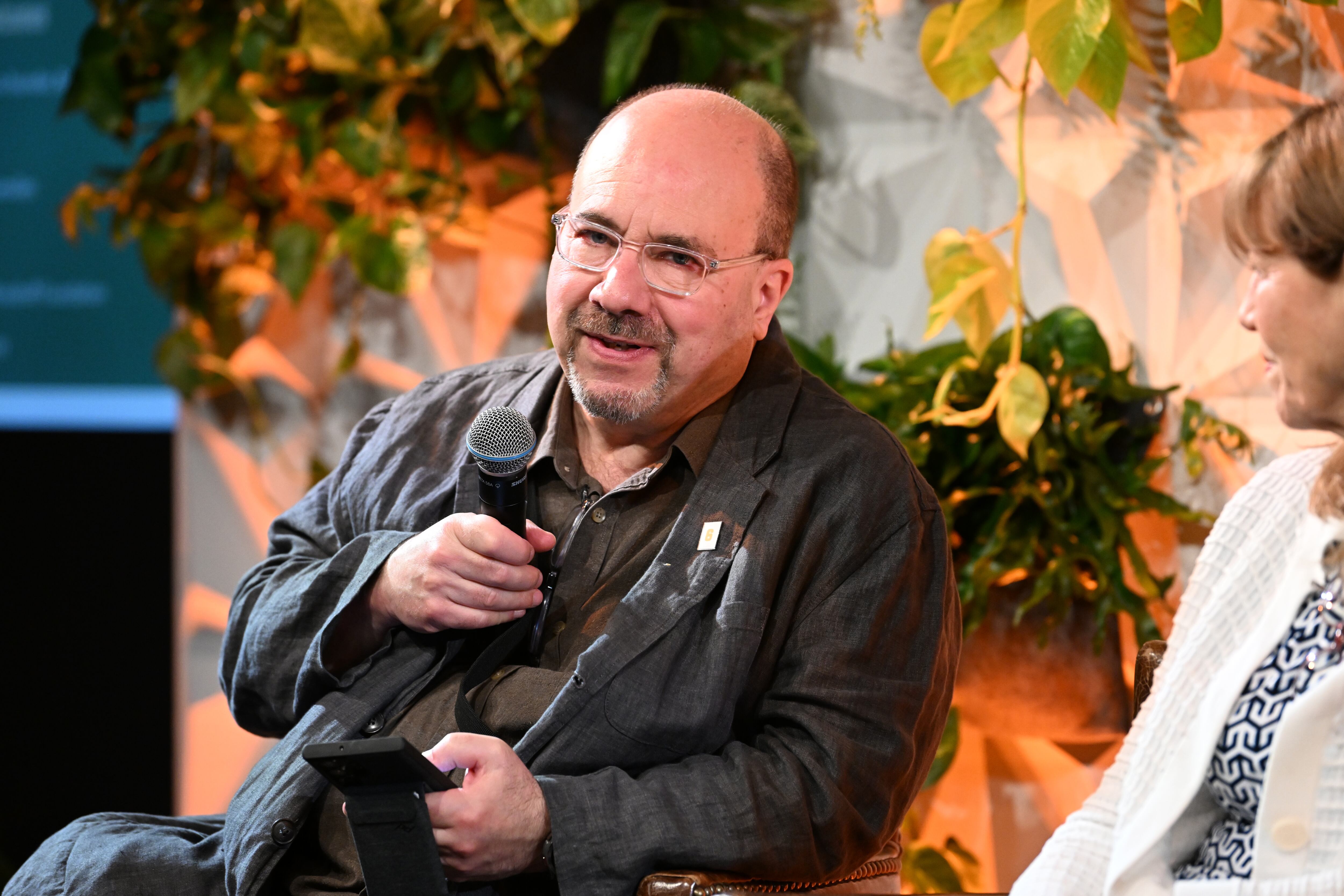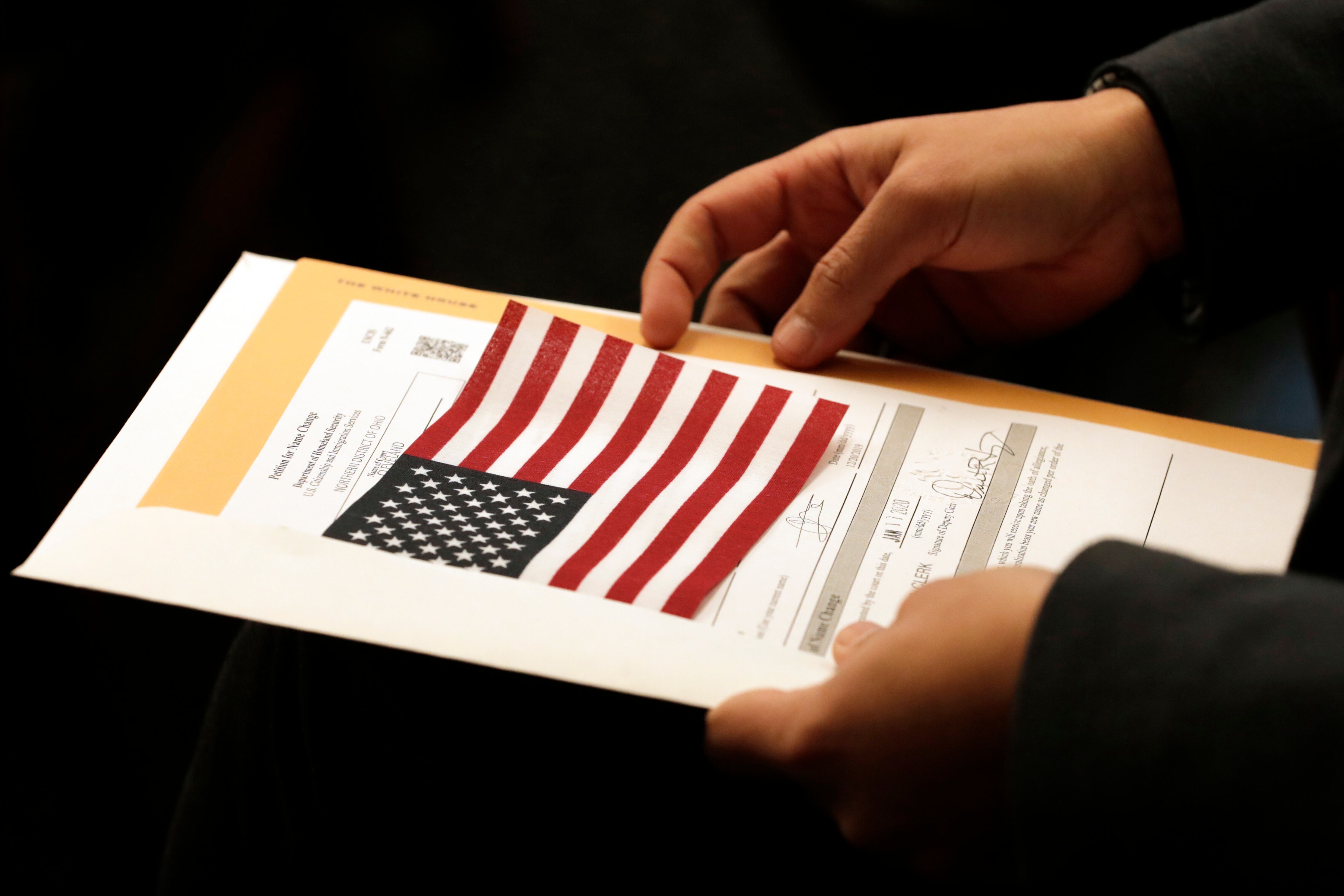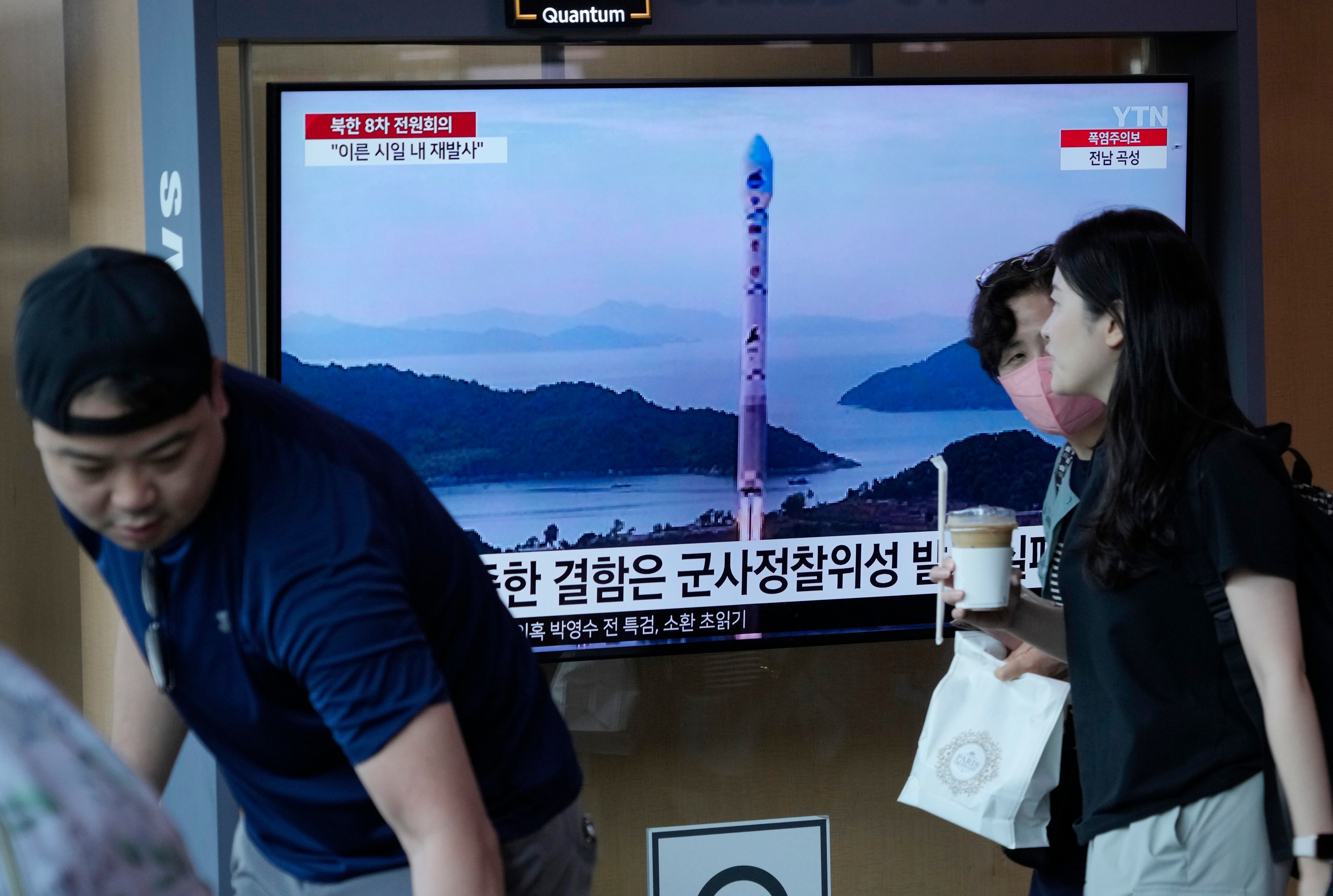When coming to campus, those that are military-affiliated may feel isolated from their civilian counterparts. Different styles of life, perspectives, and outside responsibilities pose as possible barriers to easy assimilation into higher education life. Additionally, many veterans entering the higher education life are also recently transitioning veterans, meaning they are readjusting to civilian life after leaving the service. As they adjust to “normal” adulthood, they are also becoming students again. These hurdles to being a regular student can separate military-affiliated students and their civilian peers, so doing one’s best to close the gaps between the two is of utmost importance to campus life.
Differences
Student veterans are often older than their peers. They have already had a full-time job in the military and understand many of the responsibilities of adulthood, while many traditional students are learning how to be independent from their families for the first time. In fact, many student veterans also have families of their own, with over 60% of student veterans in a relationship and over 50% of student veterans having children. Furthermore, military life is so closely intertwined with members’ personal lives, making it more difficult to adjust to student life where school-work-life balance can be more easily cultivated. There is much variation in how military-affiliated students see the world, which can be especially advantageous when sharing ideas in class and around campus. However, these differences also make it a bit harder to fit in and make friends when the military-affiliated student differs greatly from many traditional students in major ways.
Transitioning Difficulties
Many student veterans are also in the process of transitioning or recently transitioning to civilian life, meaning they have recently left the service and are getting used to ways of life outside the military atmosphere. Military life brings a lot of structure to one’s daily schedule, with events and responsibilities throughout the day that one does not have in a regular day job. The “mission” comes first in the military, and everything must be done to complete that mission prior to retiring for the day. The extra free time in one’s day needs some getting used to for student veterans, while traditional civilian students may be used to this extra time and have more of an idea of how to devote this extra time to other important aspects of their lives. Related to this, many basic adulthood tasks, such as finding medical and dental care, were taken care of by the military during a member’s time in service, so it could be a whole new world searching for these things in the civilian world, which can be quite confusing and overwhelming. Not to mention that transitioning servicemembers may also be seeking benefits and services from the Department of Veterans Affairs, including a long process with trails of paperwork. These additional burdens pose significant challenges that traditional students do not always have to worry about, furthering the gap between student veterans and civilians on campus.
Closing the Gap
It is first important to understand the differences in what each student veteran wants from their higher education experience. As discussed in “Building Peer Networks for Student Veterans,” every student veteran has various needs for social interaction on campus. Depending on a number of factors, student veterans need to be queried on what types of social events they want on campus. Many of these events will be targeted to the military-affiliated community by nature. However, connecting the entire campus with these events could prove to be worthwhile to lessen the divide between the military-affiliated students and the rest of campus. Inviting civilians to these events to get a better understanding of military life and community can be a great first step in establishing a closer relationship with the military-affiliated community and all of campus, including other students, faculty, and staff of the university.
Many universities support strong student life groups, with everything from chess clubs to intramural sports teams, even some boasting specialty cheese clubs. Military-affiliated groups could utilize connections in other student organizations to cosponsor events and create rapport with students they may not normally meet around campus. For example, physical exercise is often important to military-affiliated students. Partnering with Campus Recreation to put on a fitness competition could be a great way to encourage students to exercise, but also to create new cross-club friendships and mingle with other students. Organizing events with other student organizations is also a financially efficient way to host more events during the year.
To some extent, there may always be a military-civilian divide. Serving in the military is such a unique experience that can often only be reminisced about with others that experienced the same thing. On the other hand, it is also important to share these stories and encounters with others to expand knowledge of other people and places. Including civilians in military events and partnering with other campus organizations can be a great way to become more integrated with campus life.
Disclaimer: HigherEdMilitary encourages free discourse and expression of issues while striving for accurate presentation to our audience. A guest opinion serves as an avenue to address and explore important topics, for authors to impart their expertise to our higher education audience and to challenge readers to consider points of view that could be outside of their comfort zone. The viewpoints, beliefs, or opinions expressed in the above piece are those of the author(s) and don’t imply endorsement by HigherEdMilitary.
This article was originally published at HigherEdMilitary.



